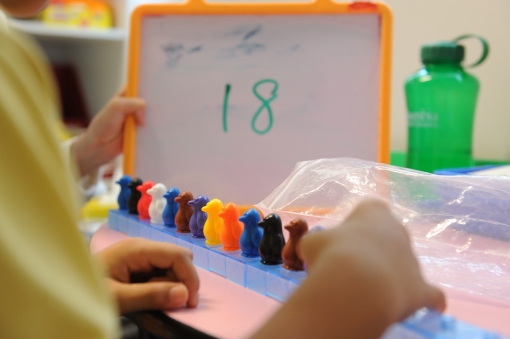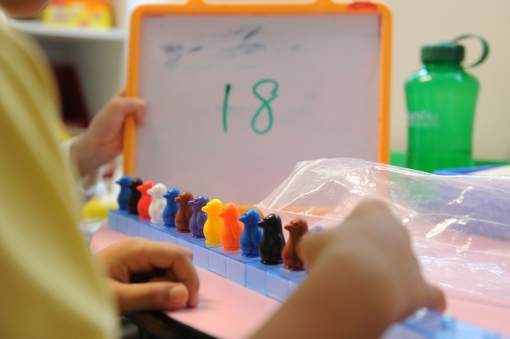ARTICLE CONTRIBUTED BY METTA PRESCHOOL PSYCHOLOGIST, MS EVANIA YEO
In celebration of World Autism Awareness Day, Metta Preschool’s psychologist, Ms Evania Yeo, shares some engaging activities and tips on interaction that parents can do at home with their children with Autism Spectrum Disorder (ASD).

Autism Spectrum Disorder (ASD) is the name for a group of developmental disorders characterised by challenges with social skills, repetitive behaviours, speech and nonverbal communication. Its cause is still unknown today. However, new research suggests that the mind of people with ASD is not integrated or connected the way it is in neuro-typical individuals. This deficit inevitably affects quality of interaction. Hence, it is imperative for young children with ASD to seek early intervention in the hopes of alleviating or correcting symptoms such as being socially disconnected.
Here are some activities which you may replicate at home which reinforces the therapies shared in the classroom:
- Develop Connectedness
Developing connectedness can take place in any daily situation: from art and craft, food preparation, playing ball, reading a story, to keeping toys. For example: during a food preparation activity, you can slice up a banana and your child can lay the banana slices on a plate to be served. When keeping toys, you can hold the storage basket and your child can learn to pick up his toys and drop them into the basket. The key is to create back and forth interaction by establishing a pattern with clear roles for your child and you. - Simplify
In our enthusiasm to do our best for our children, we do too much at times. Remember that less is more. Keep the room clean and simple so that you can focus on establishing a connection with your child. What distracts him? Cars, building blocks, or the iPad? Keep these distractions temporarily out of his sight. At the start, it will be difficult, however it brings the focus back to your relationship with your child. - Encourage Thinking
Help your child to develop thinking skills. For example: roll a ball back and forth. Make it fun for the both of you. Once the pattern is established, pass the ball a little differently. Toss it instead of rolling it, change your position, and wait for your child to orientate his. Establish the pattern first, then add variations. It usually takes a child a few minutes to understand the value of “us”. - Give Responsibility
a) Avoid verbal instructions.
Your child needs to be aware of things around him and realise what he has to do. By giving a verbal instruction, you are over compensating and not letting his brain work. It’s the easy way out, and counterproductive in the long run. Therefore, describe what you see, instead of telling him what to do. For example: you may say “Your hands are dirty” instead of “Go and wash your hands”.
b) Give Time
A child takes about 45 seconds to process information. In a game activity that involves rolling a ball around the room or passing the ball, does your child notice if the ball has rolled away? Pause instead of fetching the ball immediately for your child. This period of inactivity will encourage him to think of the next course of action. However, if on an occasion that you have to fetch the ball, do say “Your ball has rolled away”. - Save Positive Memories
The more exercise your child’s brain receives, the better connected it becomes. Record a video on the progress of your child and share it with him. He will feel proud about being your communication partner with a sense of competency achieved. This will spur him on to try out new things as he will have positive memories to find comfort in.


